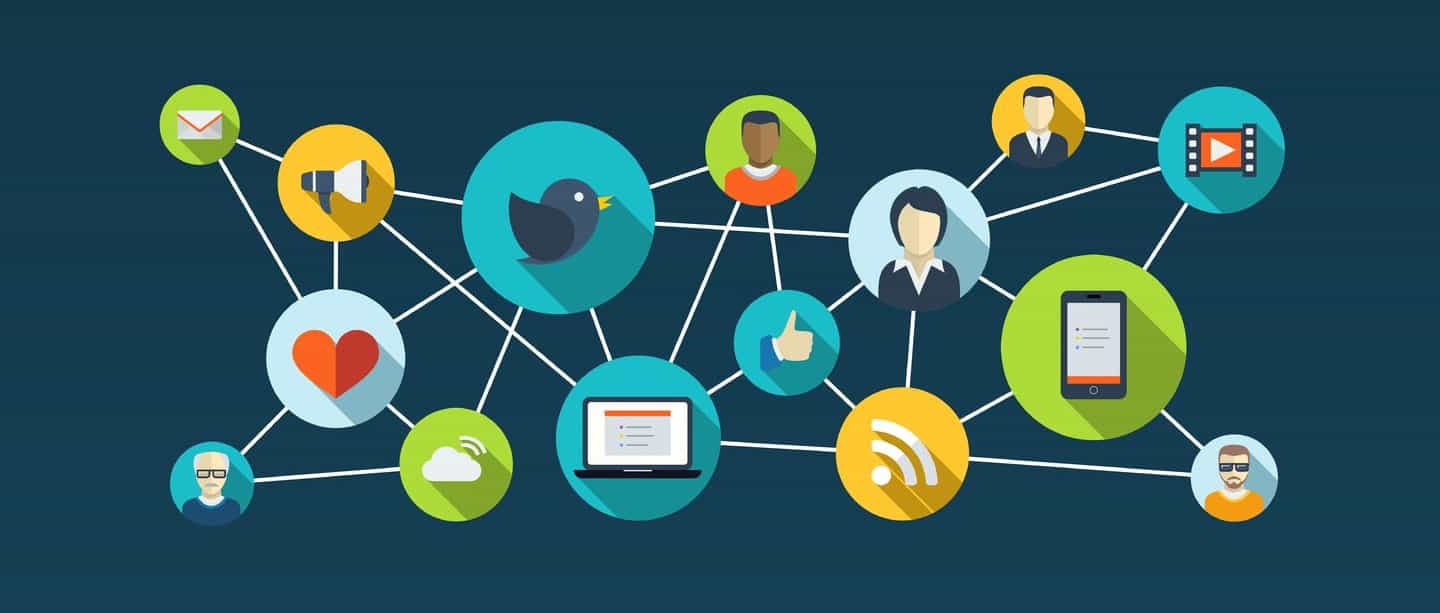17 Jul What is Omni-Channel Marketing?

We live in a fast-moving world; the struggle to keep up with the meaning of new terms and terminologies, and a highly tech-savvy population is also enmeshed in the constant change and complexity created by the digital marketing environment.
The use of such terminologies and their diverse appellations has an inestimable impact on consumer – marketer relationships. An example of such terminology is the word “omni-channel” which has other appellations such as omni channel, omnichannel and omin-channel. The designations are not surprising though, each is a subjective deduction of distinct brand usages with different industry authorities. Irrespective of any form omni-channel marketing takes, it is distinct from multichannel marketing.
Unlike “multichannel marketing”, which was derived from “multus” and “crux” for multiple and channels respectively i.e. to market across multiple channels, “Omnis” in Latin means “every/all”. In everyday English language, it means “omnipresent” i.e. “present everywhere at all times”. While multichannel allows consumers to carry out actions or transactions in each distinct channel of marketing, omni-channel links all channels together with a seamless integration specifically personalized to enhance and aid customers in making their decision on-the-go without hassles.

In consumer relations and marketing perspective, omni-channel is a form of assembled commerce streamlined into an advanced form of multichannel marketing well done. The background to this is the identification of several moments which make up the decision making process within the brand marketing experience of a customer, both online and offline. By using ominichannel marketing, businesses can see through the minds of potential and existing customers using an omnipresent perspective of how customers act as well as their preferences to set up an integrated process or system to make customers continuously reach a beneficial conclusion as regards a product or service.
” With omni-channel marketing, you know what works and what doesn’t, what needs to be changed as well as what needs to be promoted or refined from a customer’s perspective to make your customers act as a result of their user experience with your product or service on diverse platforms especially social media.”
As a result, the nature of interaction between businesses and customers is fast moving on a pedestal of user experience from messaging and the use of media to research, selection and secured payment gateways. In realization of this emergent trend, several brands have taken advantage of the benefits of ominchannel marketing while others who didn’t are getting ditched for brands which offer completely seamless and efficient platforms to purchase products or pay for services.
Omni-channel marketing provides leverage for your business to take its next leap amidst the social revolution. So we think it is important to pay attention to the fundamentals mentioned below when integrating omni-channel marketing into your marketing strategies or models:
1. Put Yourself in Your Customers’ Shoes
As said earlier, it is necessary to get a feel of what your customers experience as regards research, interaction and purchase of your products. This you can yourself do by placing an order for your product, opening a complaint ticket, or submitting a suggestion tip as well as the creation of a survey to neutral audiences. You have created the system, but you must empower your customers to take control of the whole experience. Remember, it not just about you, your business and customers; its wholly about all customers.
2. Analysis and Analytics
The fabric of your business revolves around data; no matter how minute a piece of information is, everything is data. It is, therefore, necessary for you to set up a framework not only to collect but also analyze data about your business to identify safe ways to utilize information about customers experience, buying patterns, etc.
3. Be Responsive
Apart from responding to complaints tickets and suggestion tips from customers, create a case by case blog post to address any issues raised by customers. This adds more credibility to your business as customers with similar issues see their cases as resolved and know what to do should they experience the same case as others. Be friendly and consistent in your relations with customers on social media. Try to return to step #1 and live a moment in their shoes before you respond. What is your best case scenario on resolving issues? How can you get your customers there?
4. Call to Actions
You can spur your customers to act and purchase your product or service in instances where they have added those to their cart or contact form by using follow-up emails as a reminder of what they have been missing. Keep a consistent follow up workflow in place.
5. Interact and Streamline Interactions with Customers on their Preferred Channels
A majority of customers go back and forth across multiple devices before making their final decision. To provide them with a great user experience, it is necessary to update and keep open all channels of communication and interaction with all channels of your marketing.
Looking for more from Darkstar Digital? Check out these articles.
How To Use Pokemon GO for Marketing
Marketing Has Changed Are Your Ready?
Interested in finding out more about Inbound Marketing and how you can effectively change the way you reach your customers?

